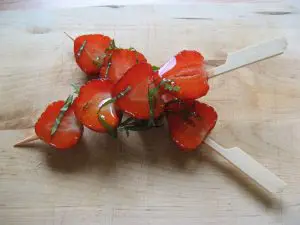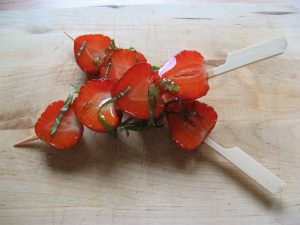Ginger is one of the worlds most useful and beneficial foods. Fragrant, tasty, and with a multitude of health-promoting qualities, it’s no wonder that ginger is expensive to buy. But it’s crazy to pay supermarket prices when you can grow your own organic ginger for so much less. I’ve been growing ginger successfully for many years here in subtropical south-east Queensland, so here are my 5 top tips on how to grow a ton of ginger.
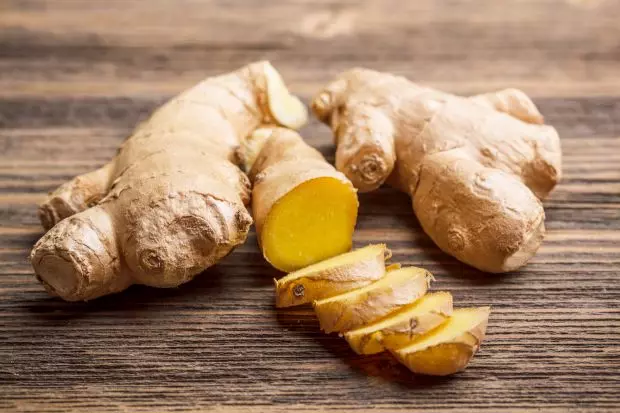
Position
Full sun is the best position for ginger. This is where it will really thrive. You can grow ginger in part-shade, and it will do quite well, but full sun is better. Don’t be scared to try growing ginger if you have limited space, as it grows very well in containers. Even if you have a large yard, you might consider growing ginger in pots so that you can give it a full sun position. Some professional growers are now planting their ginger crops in large buckets drilled with drainage holes. The advantage of buckets is they are big enough grow a decent crop & are easy to move around to give your ginger the best possible position. Buckets allow for easy harvesting too, as all you need do is empty them- no digging is required.

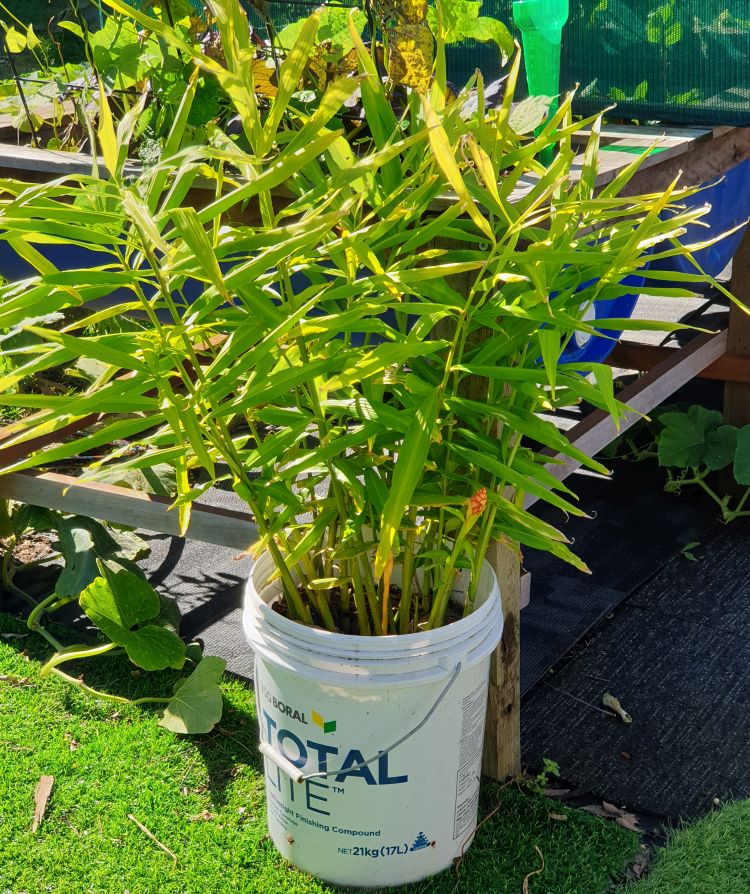
Soil
Ginger needs what I like to call ‘goldilocks soil‘- not too heavy, not too light, but ‘just right’. The consistency should be such that when you take a handful and squeeze it, it will hold together but also crumble apart quite easily. A soil with this texture will be rich and full of organic matter, and that’s exactly what ginger requires.
Make sure you add plenty of compost or manures to your soil before planting, and dig them through. If you don’t have home-made compost, bagged compost will suffice. Chicken manure provides excellent nutrition for ginger, and commercial poultry manure pellets are a good choice if you don’t own chickens. Once you have done this, your soil will have the perfect structure to hold moisture yet be free-draining, which is perfect for growing ginger.

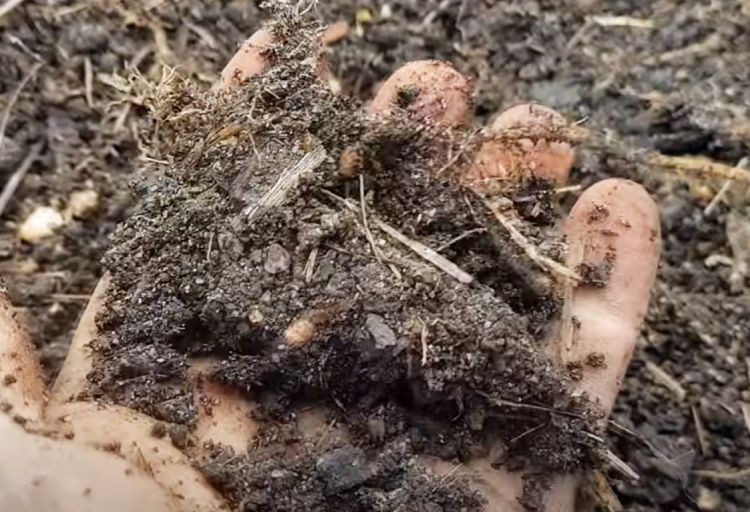
Cow and horse manures could also be used, but be careful of the potential for weed growth. Cow manure tends to be less problematic than horse manure, as cows grind their food down more effectively than horses. The manure of grass-fed animals like horses can sprout heavy grasses which can out-compete a sparse-growing crop like ginger. If you don’t have any home-produced manures, then a good quality organic fertiliser like those in the plant doctor range is the best choice.

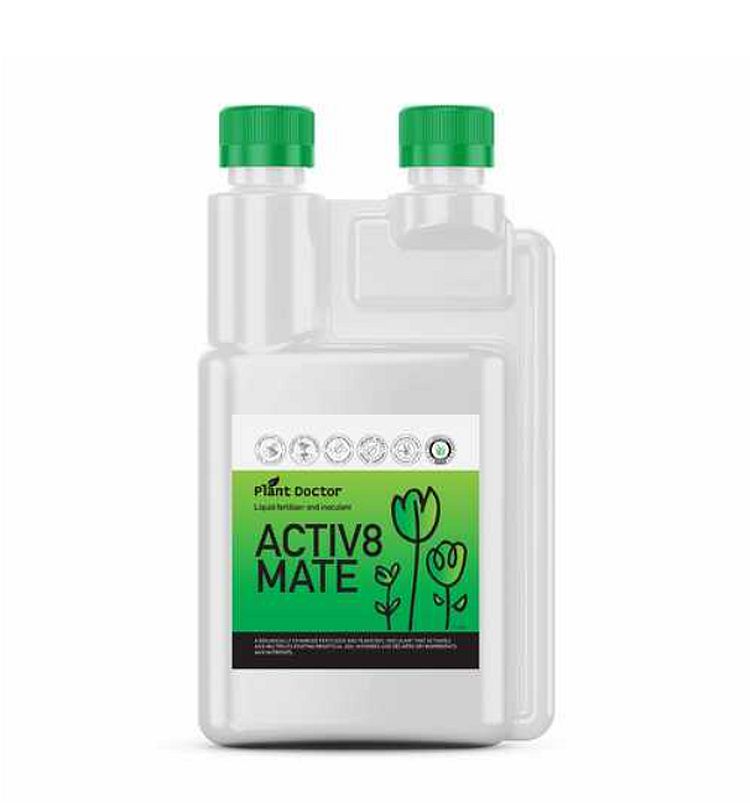
Water
If you want to produce plump, juicy ginger rhizomes then you need to water your ginger plants a lot. While ginger definitely loves water, it cannot cope with wet feet, so make sure the drainage is good.
The only time you don’t want to water ginger much at all is when it’s first planted. Just like beans, freshly-sown ginger will rot in the ground if it is watered too much. The little rhizomes need time to grow their tops and develop their root systems before they’re ready for lots of water. I don’t water my ginger until I see the shoots coming up through the soil.
Planting
To grow ginger, plant ginger- literally! Ginger plants grow from little pieces of ginger as small as 1″ square. I prefer to use pieces at least 2″ square, because the segment of ginger you plant is the food and energy source for the new plant to grow. So the bigger the food source, the stronger plants you will grow.

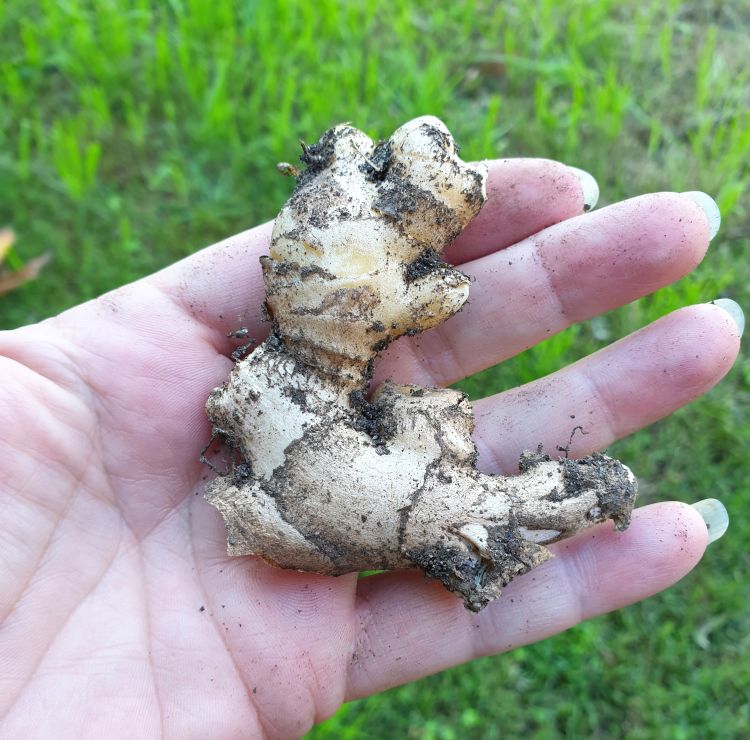
Ginger is a tropical plant that loves very hot weather, and it will thrive in USDA zones 9-12. It is frost-tender and will suffer in temperatures under 15 degrees celsius (60F). Hot & humid tropical summer with good rainfall is the ideal for growing ginger. If you live in a cold climate, you might try growing ginger in a greenhouse in pots where you can ensure the required temperature range.
To plant ginger, bury the rhizomes only about 1″ under the soil surface. Otherwise, it’s too hard for the ginger shoots to push up through the soil. Once you’ve done the planting, I recommend adding a sprinkling of blood & bone powdered fertiliser (bonemeal) on top.
Lastly, give your ginger a nice heavy layer of mulch. Mulch helps retain moisture, suppress weeds and provides a little extra nutrition to the plants. Use whatever suits you best & is available in your area. I choose sugar cane mulch, but woodchip and hay are also great choices.

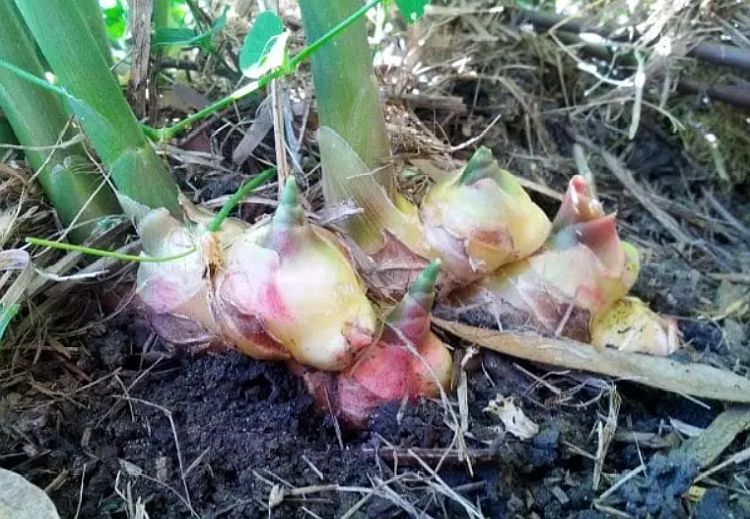
Eating/Harvesting
Eating and harvesting ginger go hand-in-hand; if you’re going to grow a ton of ginger, then you will certainly want to be eating it! We love ginger so much that we have a whole selection of articles on how to cook & eat it.
Unlike many other vegetables, you don’t need to wait until the end-of-season dieback to harvest ginger. Once your ginger plants are about 1′ high, the tubers will be formed. This is called ‘young ginger’, and you can harvest it from then on. Young ginger is excellent eating, but is lighter in colour than mature ginger, & less spicy or potent in flavour.
If you prefer the mature ginger, wait until the plant dies off fully before harvesting. In a cool climate this will be at the beginning of winter. In my subtropical climate, I find that ginger grows right through until the middle of winter.
For a visual demonstration of how to grow a ton of ginger, see our youtube video below.











